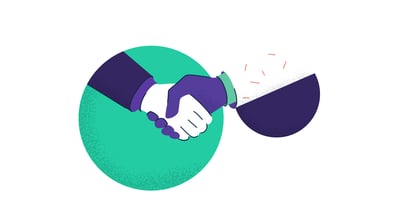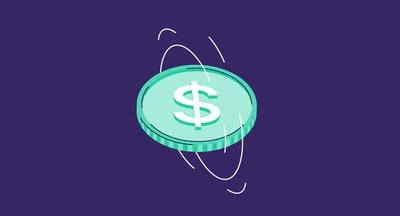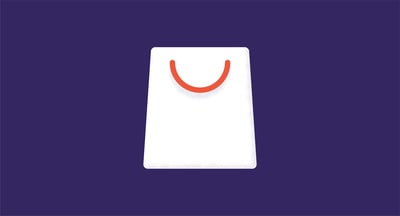February 2, 2024
 by Mara Calvello
by Mara Calvello
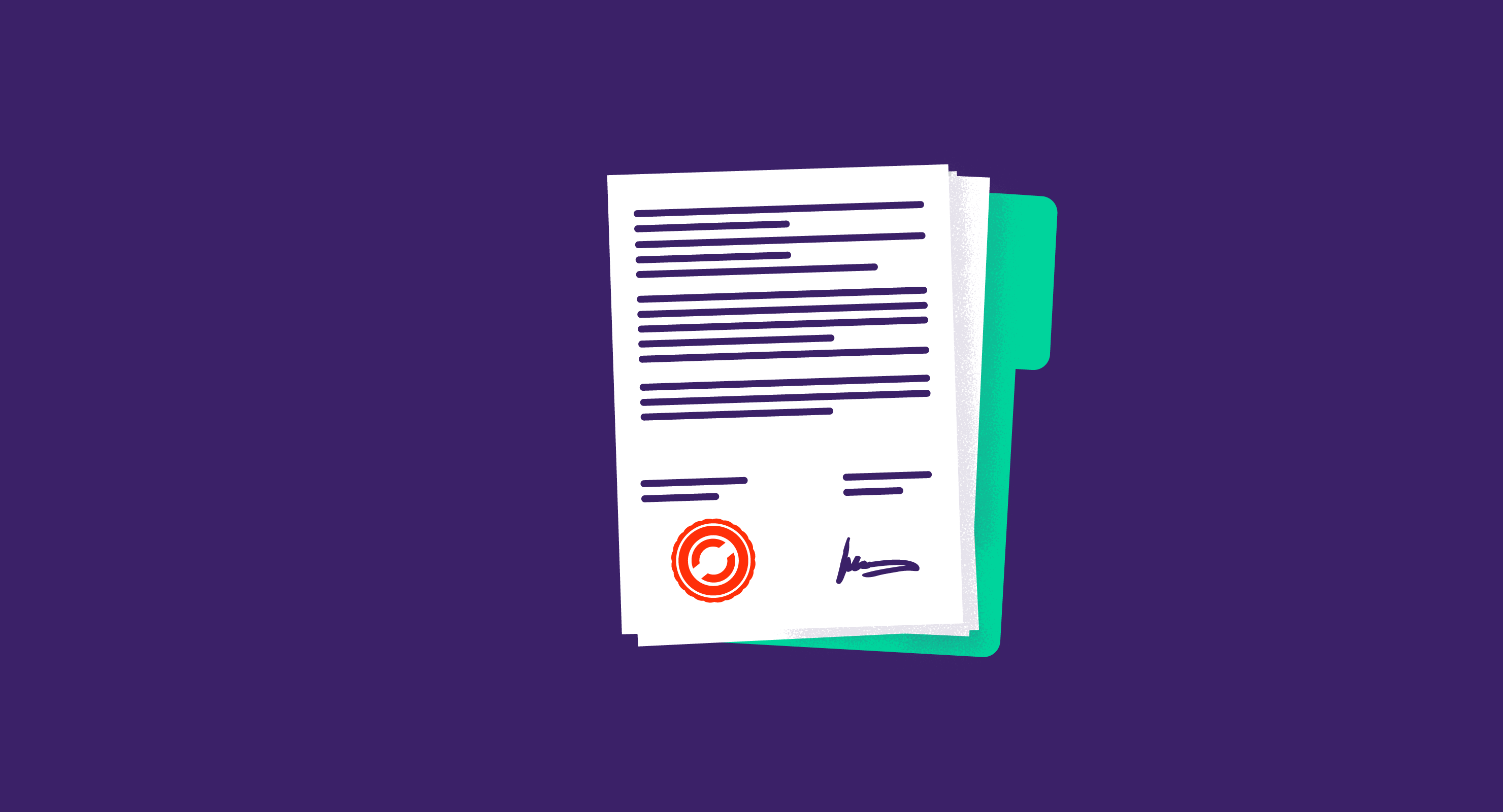
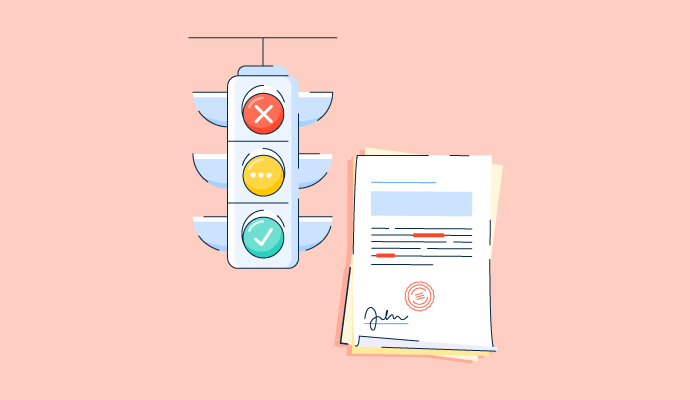 Never miss another deadline.
Never miss another deadline.
Use G2 Track to stay on top of your contract renewals and negotiate your terms with ease.
Contract negotiations are like salsa, it takes two to tango.
Be it renewals or new contracts, there must be collaboration and coordination between both parties to reach a mutually beneficial agreement. And for the odds to be in your favor, you must be skilled in negotiating contracts with vendors.
Your vendor negotiation strategy shouldn't be about overpowering the other party. It should create a win-win scenario that leads to a sustainable and positive business partnership. For that, you need to let the data speak. Using a SaaS management tool like G2 Track is a great solution for finding insights to back up your contract negotiation strategy. However, there's more to it.
So if you’re about to conduct some contract renewal meetings, you need to know the ins and outs of vendor negotiation strategies, things to be prepared with, contract details to look out for, and the mistakes to avoid.
Let's dive in!The preparation phase is a critical part of vendor contract negotiations as it sets you up for success by ensuring that your team enters the contract renewal discussion on a strong foot.
The first step to creating a favorable vendor negotiation strategy is to know everything about the current market and your vendor's position in it.
Reflect on the contract’s performance and check if your business's strategic goals and needs have evolved since the last agreement. Evaluate the value received from the vendor's services and review any adjustments, if needed, for the software renewal term.
Conduct a financial assessment to understand your budget limitations. Check for key metrics like ROI expectations, cost-saving targets, and budget allocation for vendor relationships. Reconsider the budget based on the value delivered by the vendor and also look for any financial changes within your business.
Once you're prepped for your contract negotiation, check and catch up on specific contract details with your team ahead of the vendor negotiation meeting.
When you take a deep dive into the clauses of a SaaS contract, there are certain details that people tend to miss.
Always take the time to note any contractual language that references the price and whether or not it can be increased as time passes. Find out if the price can be increased and if there’s a range of an acceptable increase. This clause is often hidden toward the end of a contract, so be sure your team pays special attention to the context surrounding price increases.
You should also make sure your team takes the time to look at the renewal length term. It’s common for many teams to assume the renewal term is only for one year, regardless of how long you signed the initial agreement. If you sign for a three-year term, it may renew for three more years instead of one. If this detail goes missed, you could be stuck using a tool for longer than you'd like.
Another contract detail that gets forgotten during negotiation is whether or not your team can get a better price if you sign for a longer term. Negotiating price is all part of the process, so don't forget to ask before signing.
Finally, you don’t want to miss out on the opportunity to get access to the newest versions of the software you’re paying for. Tools within your tech stack may renew on their own, but not for the latest and greatest versions. If there’s a newer version of an on-premise application that your team is using, see if it’ll be automatically part of your stack or if you’ll need to pay an extra fee for it.
Aside from proofreading, be sure that you’re going over every pertinent information in your contracts. Keep an eye out for these details ahead of the negotiating process so nothing slips through the cracks.
In addition to SaaS contract claws and components, there are other mistakes that are often made during the process of negotiating contracts with vendors.
Consider what it means to be a smart negotiator. A smart negotiator will always ask for multiple options – especially when it comes to the price. When negotiating, it’s common to want more insights regarding price, and you may ask for pricing ranges for one year, three years, and five years.
Depending on how much the vendor reveals during this conversation, you may be able to get a better sense of their pricing floors. When you have this information, you know what you can try to negotiate down to.
Additionally, it’s often a mistake not to ask about add-ons within your contract. For instance, let’s say your team is interested in Software X, which is listed as $5 a user. The vendor said that if you buy 1,000 licenses, you can instead have them for $2 a user. What would happen if you call back in six months asking for more users? Will they be sold to you at $5 or $2? Because a volume discount is often not in the contract, be sure to ask about add-ons.
One of the great things about using a SaaS system of record like G2 Track is that it simplifies all the data you need before going into a software negotiation.
In the easy-to-read dashboard, your team has every last detail you’ll need.
For instance, unsure when a contract is set to renew? Just click on one of your SaaS applications, and you can see the start and end date of each of your contacts. You’ll also see if it auto-renews on its own if you’ve switched the renewal reminder to “On” and who the owner of the contract is.
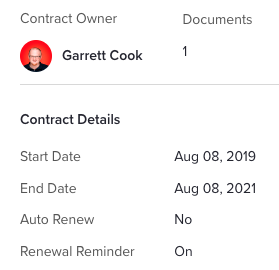
Want an overall view of your SaaS applications? G2 Track can give you that, too, as it’s easy to see how many contracts you have scheduled to renew in the upcoming months.
To get down into the real details of how your team feels about each SaaS tool, there’s the sentiment hub. Once you send out the pulse survey, this dashboard will provide you with the Net Promoter Score of every application.
To put it simply, every last detail you need to be armed with walking into a software negotiation process awaits within G2 Track. Without this data, you could wind up overspending and with far too many licenses than your team will ever use.
Make your contract renewals effective by elevating your negotiation skills.
Thanks to G2 Track, you can be sure your software negotiations always go as planned. You’ll be prepared with the necessary data to help you spend money on only what is absolutely necessary for your team to succeed, so nothing goes missed and no mistakes are made.
Ready to be fully prepared ahead of your vendor negotiations? Check out which G2 Track plan works the best for you!
Mara Calvello is a Content and Communications Manager at G2. She received her Bachelor of Arts degree from Elmhurst College (now Elmhurst University). Mara writes content highlighting G2 newsroom events and customer marketing case studies, while also focusing on social media and communications for G2. She previously wrote content to support our G2 Tea newsletter, as well as categories on artificial intelligence, natural language understanding (NLU), AI code generation, synthetic data, and more. In her spare time, she's out exploring with her rescue dog Zeke or enjoying a good book.
 Never miss another deadline.
Never miss another deadline.
Use G2 Track to stay on top of your contract renewals and negotiate your terms with ease.
It's not easy navigating the complexities of software.
 by Mara Calvello
by Mara Calvello
To renew or not to renew? That is the question.
 by Mara Calvello
by Mara Calvello
Software buyers often find it painful to find the right software for different geographies and...
 by Lauren Pope
by Lauren Pope
It's not easy navigating the complexities of software.
 by Mara Calvello
by Mara Calvello
To renew or not to renew? That is the question.
 by Mara Calvello
by Mara Calvello
